Incredible New Delh!
07 Apr 2013 | Travelling
The Jama Masjid of Delhi, is the principal mosque of Old Delhi and the largest and best-known mosque in India. Jama Masjid, refers to the weekly Friday noon congregation prayers of Muslims, Jummah, which are usually done in a mosque, the “congregational mosque” or “jāmi’ masjid”. The courtyard of the mosque can hold up to twenty-five thousand worshippers.
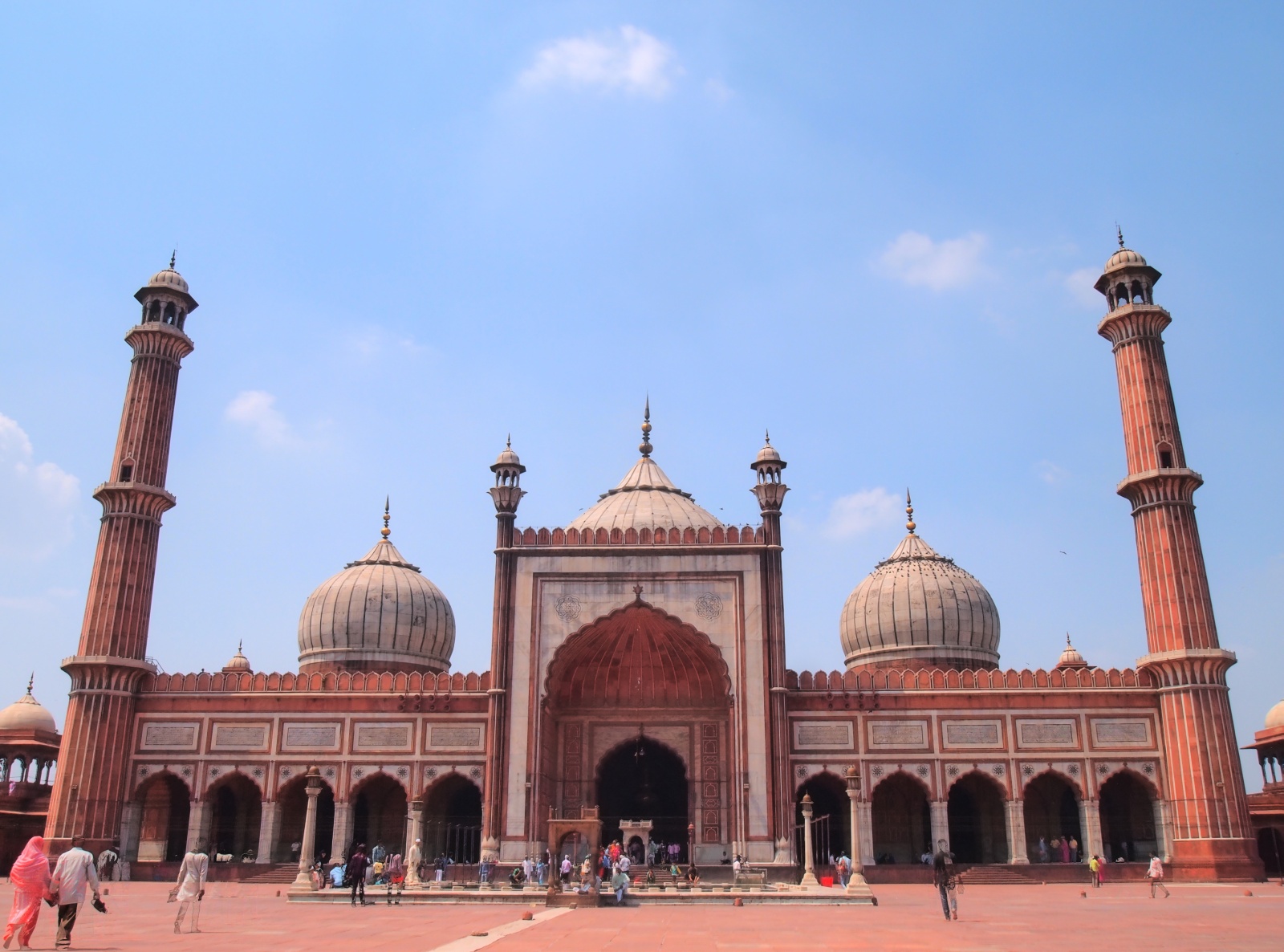
The Red Fort (usually transcribed into English as Lal Qil’ah or Lal Qila) is a 17th century fort complex constructed by the Mughal emperor, Shah Jahan in the walled city of Old Delhi that served as the residence of the Mughal Emperors. The fort lies along the Yamuna River, which fed the moats that surround most of the walls. The construction of the Red Fort began in 1638 and was completed by 1648. The Red Fort has had many developments added on after its construction by Emperor Shah Jahan. It was designated a UNESCO World Heritage Site in 2007.
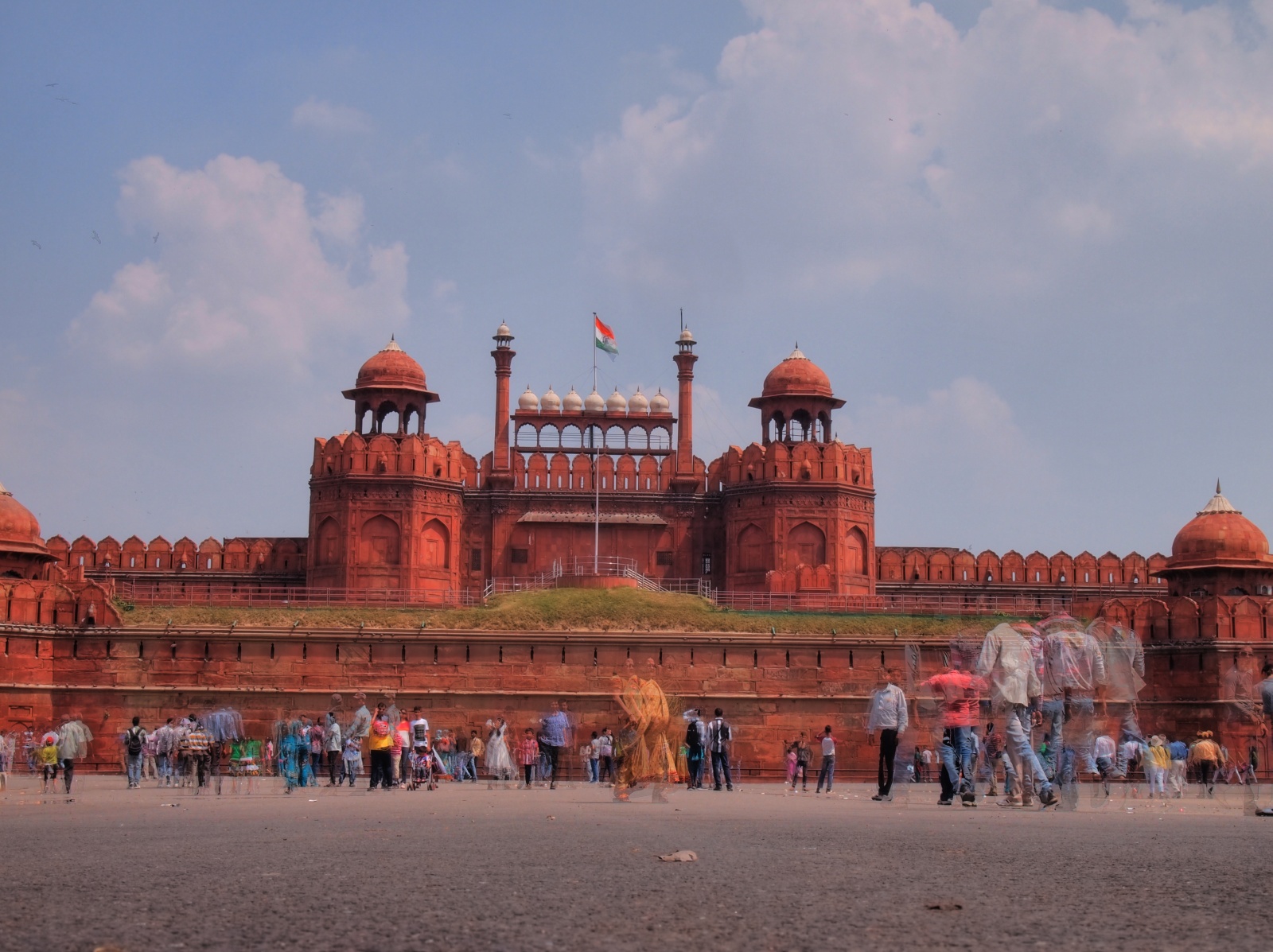
Humayun’s tomb is the tomb of the Mughal Emperor Humayun. The tomb was commissioned by Humayun’s first wife Bega Begum in 1569-70, and designed by Mirak Mirza Ghiyath, a Persian architect.It was also the first structure to use red sandstone at such a scale. The tomb was declared a UNESCO World Heritage Site in 1993, and since then has undergone extensive restoration work, which is still underway.

The Laxminarayan Temple is a Hindu temple dedicated to Laxminarayan in Delhi, India. Laxminarayan usually refers to Vishnu, Preserver in the Trimurti, also known as Narayan, when he is with his consort Lakshmi. The temple, inaugurated by Mahatma Gandhi, was made built by B. R. Birla and Jugal Kishore Birla from 1933 and 1939. The temple spread over 7.5 acres, is adorned with many shrines, fountains, and a large garden, and also houses Geeta Bhawan for discources. The temple is one of the major attractions of Delhi and attracts thousands of devotees on the Hindu festivals of Janmashtami and Diwali.
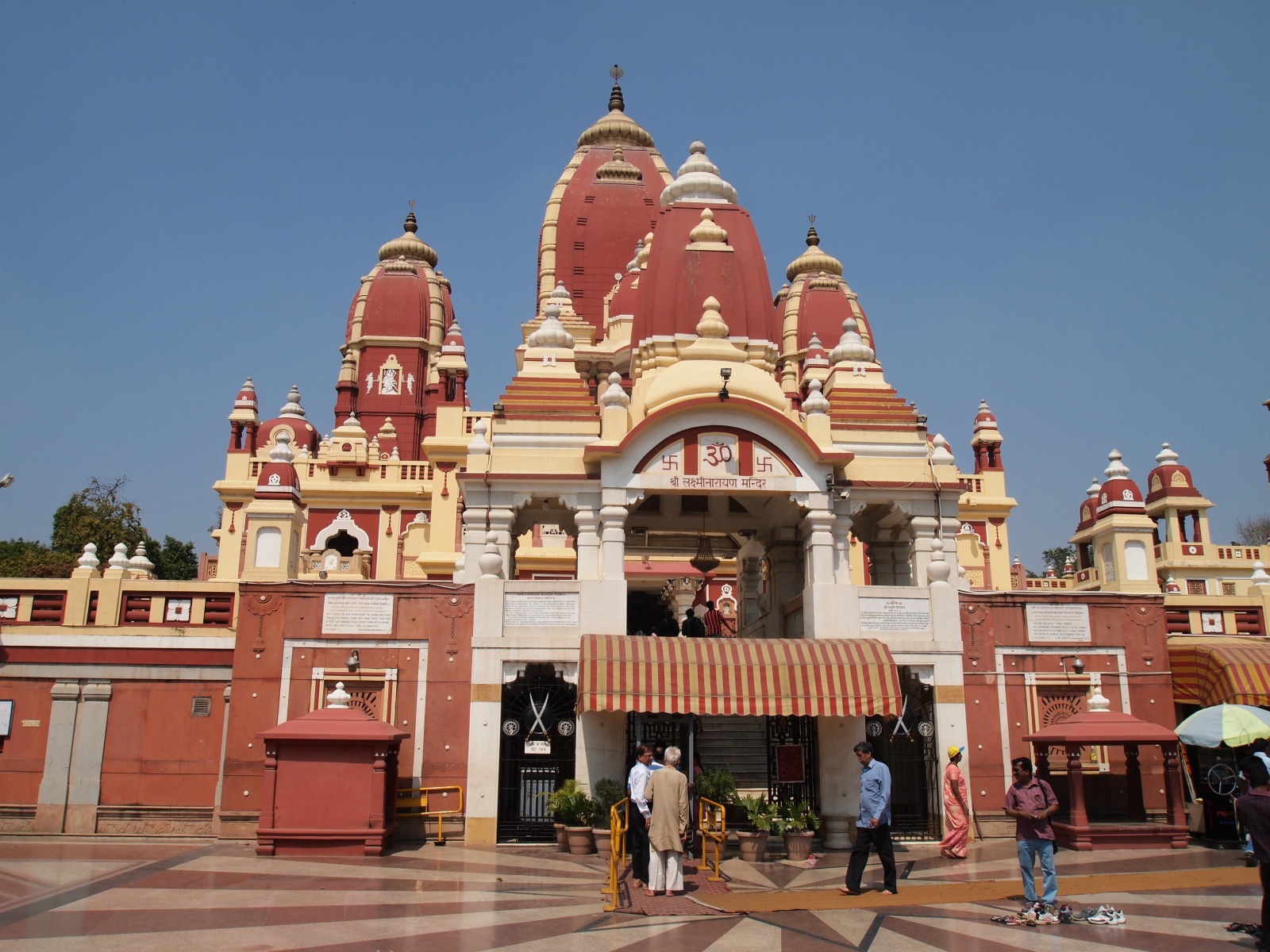
More photos as usually here.
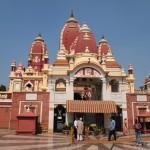
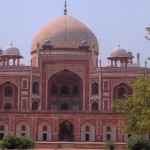
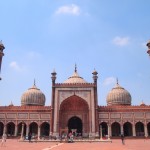
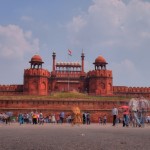
You must be logged in to post a comment.